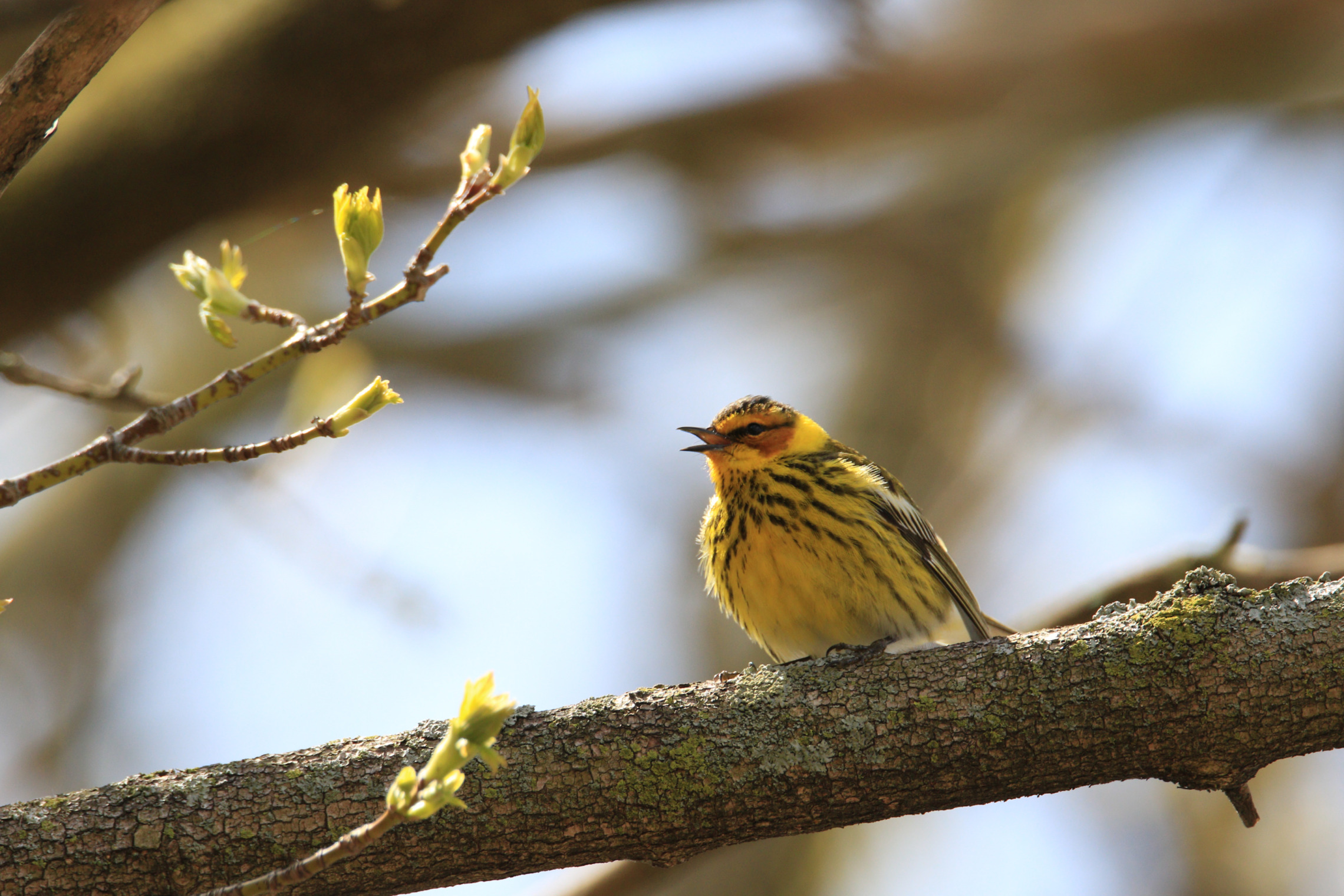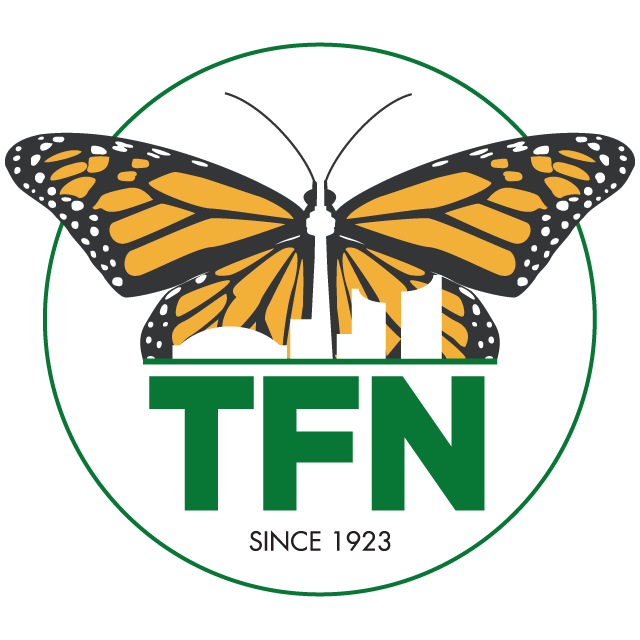Bird Migration Season is back.
To reduce bird deaths, the City of Toronto has re-launched an important public awareness campaign: ‘Lights Out Toronto’. Everyone is encouraged to turn off unneeded indoor and outdoor lights to prevent migratory bird collisions and deaths. Let’s consider every light source around our homes and workplaces. There are great reasons to cut back on light pollution during spring and fall migration seasons.
Turning off lights does in fact save birds; shown clearly by a long-term study in Chicago.
How can we help at home and at work?
Here’s the City’s advice:
“Turning off lights creates a safer environment for migratory birds. It also decreases energy use and costs, reduces greenhouse gas emissions, and benefits other types of wildlife that are disturbed by night lighting.
To make our city safer for migrating birds:
- Building owners, managers and tenants can turn off lights during the night in unused spaces or on unoccupied floors.
- Building owners, managers and tenants can turn off exterior floodlights during bird migration seasons.
- Workers can use task lighting at desks and turn off ceiling lights near windows.”
We can also help by talking to building managers, colleagues and friends. The City aims to turn off unneeded lights on its own city properties and offers information resources, but a huge public awareness challenge remains to convince innumerable private sector building managers, tenants and residents.
Why are building lights so dangerous to birds?
Toronto sits at the intersection of two major songbird flyways and is on the north shore of Lake Ontario. Birds that have spent the winter in warmer regions return north to take advantage of Ontario’s spring ‘insect pulse’ for breeding. After migrating thousands of kilometers many birds will re-fuel in Toronto before they continue their trip further north to breed. Others will find enough quality habitat in the region to raise their young here. All of them are at risk from lights and glass when they arrive in Toronto’s urban environment.
Birds have many navigation aids in their migration toolkit. One of these–navigation by the stars–makes them vulnerable to city lights. Especially on cloudy nights, birds are forced to fly low and can be drawn to lights in office and condo towers, and even homes.
Equally dangerous for birds are the twin characteristics of glass–transparency and reflectivity. At all times of the day, birds may see indoor space behind glass and assume they can fly through it. They may also be confused by reflection of clouds, or vegetation.
The scale of the devastation to birds in North American cities is quite shocking. Upwards of 1 billion birds are lost every year.
Anne P. Ellen S.; TFN Advocacy Team

